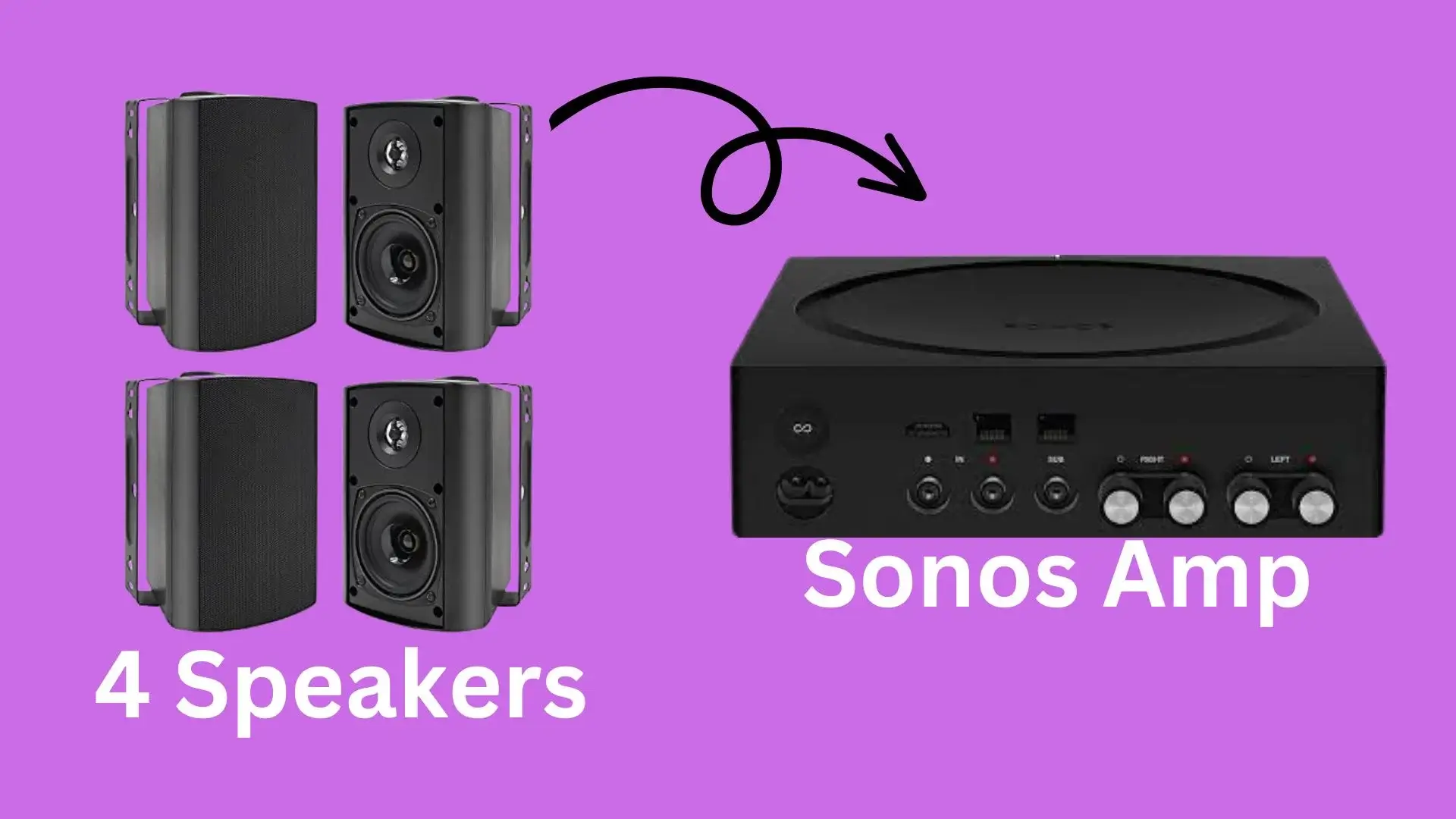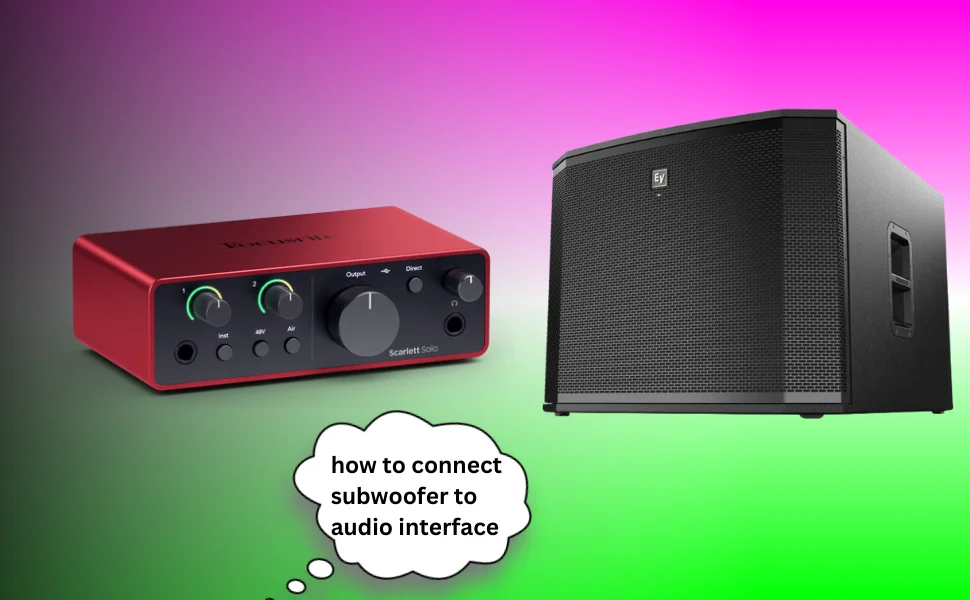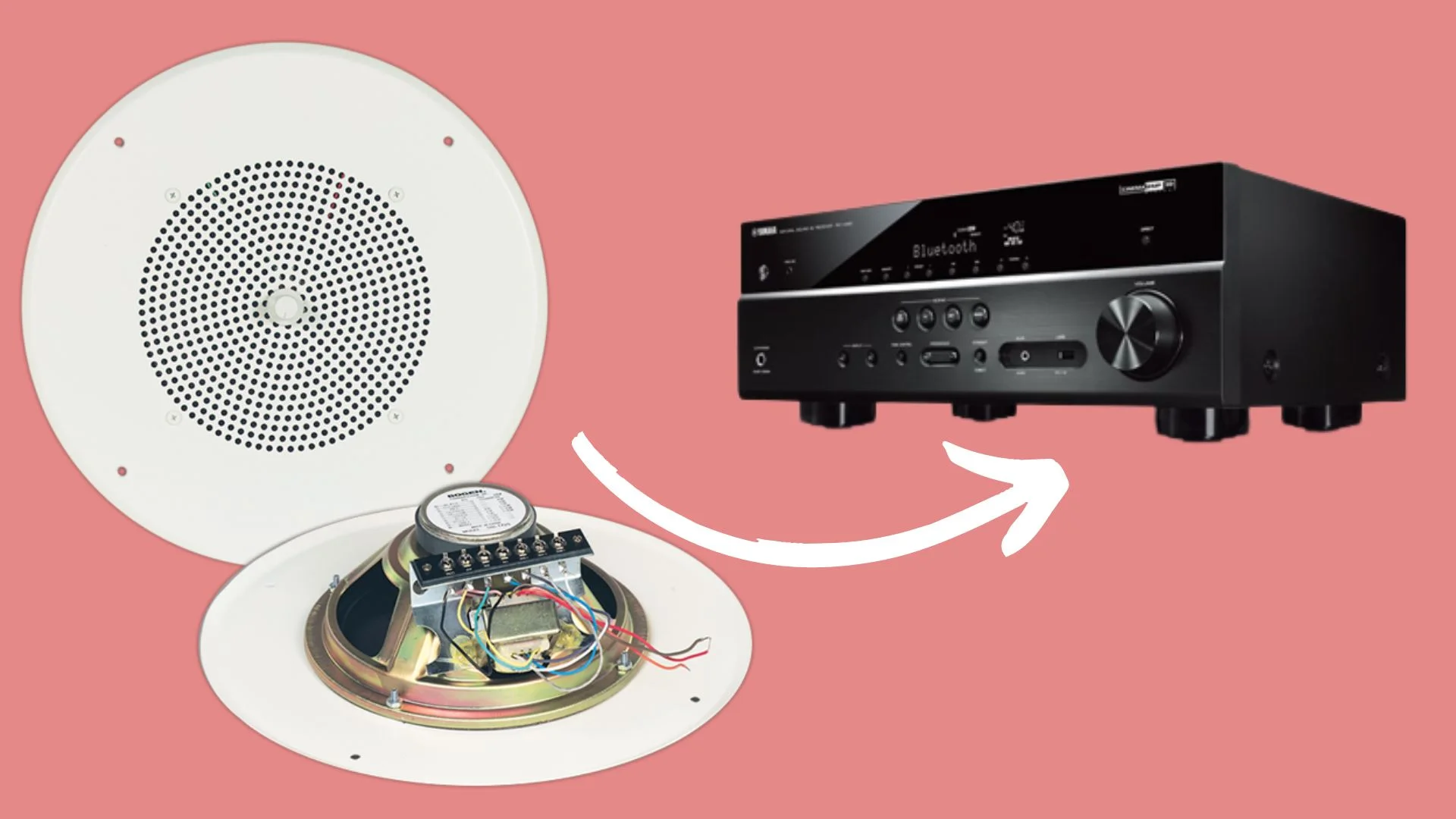People in search of Connecting 6 speakers to a 2 channel amp may find lots of un-authentic guidance online provided by most websites. Today Team Fab-audio visual will tell you the steps you must properly follow to connect your six speakers to your two-channel amplifier. It can be a challenging task if you do it without considering limitations and potential issues that may arise.
Things To Know Before Connecting 6 Speakers To 2 Channel Amplifier
Impedance Matching
Mainly amplifiers only correctly work with a specific range of speaker impedance (measured in ohms), so ensure that your 6 speakers' total impedance that must be within the acceptable specified by the amplifier. I will recommend you your speaker’s impedance must be 4 ohms or higher but not below 4 ohms; otherwise, your amp may damage. Don’t connect too many speakers with the wrong impedance with your 2-channel amp, resulting in amplifier overloading and poor-quality sound.
Amplifier Power Output
Ensure your 2-channel amplifier power output is compatible with 6 speakers power handling capacity. Avoid exceeding speakers' power handling capability; the result might get damaged when you play at high volumes. If your amplifier gives low power to your 6 speakers, then you will get weak sound quality.
Calculate Total Impedance
You have to do the total impedance of your six speakers, which you are going to connect with an amp. Impedance in parallel is calculated as:
- 1 / Total Impedance = 1 / Speaker 1 Impedance + 1 / Speaker 2 Impedance + …(Reach to all six)
Wiring Methodology
There are two ways of wiring 6 speakers to 2 channel amp, which I will tell you below:
Series wiring: You connect speakers one after the other and also know that wiring in series increases the impedance.
Parallel wiring: You connect speakers in pairs and also remember parallel wiring decreases impedance. (Recommended)
Note: When choosing the wiring method for pairing 6 speakers with your 2-channel amp, match your speaker impedance and amplifier power output.
Zone or Multi-Zone Amplification
If your two-channel amplifiers support multi-zone or multi-room setups, you have to understand how to configure and control different zones.
Passive Speakers
Do you have six passive speakers? To properly distribute signals to all six speakers, team Fab-audio Visual will recommend you use Speaker Selector Switch for this purpose.
Things You Need
First of all, a high-quality speaker wire, whether it may be a standard copper wire, as you like. Do you want an under-wall wiring system, then purchase an in-wall rated speaker cable for running through the wall.
Note: Bare wire and binding posts can also be used if you don’t want to use banana plugs, so the choice is yours.
Steps By Step Guide To Connect Six Speakers To 2 Channel Amp Properly
Series Wiring
I will first start with Series Wiring on the below-mentioned speakers connected with each other: (Use Speaker wire thicker than 16 gauge to get super sound quality)
- Left speaker with the right speaker
- Right speaker with the left speaker
- First, with the second speaker + terminal, you have to connect the + terminal of the second speaker properly.
- Now with the 3rd speaker - terminal, you have to connect the + terminal of your first speaker.
- To properly connect 6 speakers, follow this series pattern till all six speakers are connected.
- The stage comes when you will connect your last speaker - terminal (negative) with 2 channel amplifier - terminal (negative) properly.
You can follow this wiring configuration which I am mentioning below; in this situation, you have an amplifier channel amplifier (Talking about Amp with Right and Left channels).
- Connect: Amplifier + Terminal > to > 1st Speaker + Terminal (positive).
- Connect: 1st speaker - Terminal > + Terminal (positive) of 2nd speaker.
- Connect all six speakers in this configuration.
- Final Step: Connect: Last speaker - Terminal (negative) > Amplifier - Terminal (negative)
Parallel Wiring
I will recommend you to connect your six speakers to two channel amp with Parallel Wiring, which is the most beneficial way than series wiring as you will get the highest possible sound quality.
- First and foremost, disconnect all + and - terminals of the amplifier and battery.
- To any terminal on your first speaker, you simply have to connect + wire from your 2 channel amp. As with your last speaker terminal, you just have to connect the negative wire from your amplifier with it.
- Now Connect: Positive wire of 1st speaker > to > 2nd speaker positive terminal
- Now Connect: Negative wire from the last speaker > to > 2nd speaker negative terminal
Connect all your six speakers with this configuration.

Testing
So after connecting all speakers I will recommend you try to test the audio setup so this will greatly ensure speakers working progress about audio quality. Also Gradually increase the load while testing speakers.
Balancing Volume
Since you’re using a two-channel amplifier, there is sadly no independent volume control which is mostly used for balancing each speaker. So, my recommendation is to properly position each speaker in the room and balance the speaker volumes manually and properly adjust the volume levels on the amplifier.
Consider a Speaker Selector Switch
With a speaker selector switch, you can conveniently control speaker connectivity and are able to connect and disconnect different sets of speakers from the amplifier.
Heat Dissipation
To prevent overheating, the Team audio visual will recommend choosing a location where the amplifier is well-ventilated, especially when powering six speakers.
Topic: Are you feeling trouble in installing powered subwoofer to factory stereo?
How To Wire 6 Speakers To 4 Channel Amp (Steps)
I will also guide you a little bit about wiring your six speakers with your 4 channel amp properly. Here is how it is possible:
Parallel Wiring ( For Low Impedance Speakers)
For parallel wiring of six speakers to 4 channel amps, you need 6 pieces of speaker wire that must be long enough to reach each speaker and amplifier terminal.
In Parallel Wiring, your 4-channel amplifier will power each speaker directly, and you just have to connect: Each Six speaker’s positive and negative terminals > connect to > 4 channel amplifier same channel positive and negative terminals simply. So your, all six less impedance speakers will be significantly powered by 4 channel amp with this parallel wiring method.
Series wiring (For high-impedance speakers)
In series wiring, your 4 channel amplifier will divide power between all your six speakers and be connected in a chain. For six-speaker wiring series wiring with 4 channel amp, you only have to make a speaker line, start from the first speaker + and - terminals, connect to the next speaker’s terminal, and continue until reaching the sixth speaker.
For powering a six-speaker with 4 channel amp follow the instructions below:
- Connect: First Speaker positive terminal > to > 1st channel on amp + terminal.
- Connect: First speaker negative terminal > to > 2nd speaker + terminal.
- Connect: 2nd speaker - terminal > to > third speaker + terminal.
- Connect: 3rd speaker - terminal > to > - terminal of the fourth channel on the amp.
- Connect: Fifth speaker + terminal > to > + terminal of fifth speaker.
- Connect: 5th speaker - terminal > to > six-speaker negative terminal.
So your amplifier will take less load (prevent overheating issues) after wiring speakers in series.
In A Nutshell
So I hope after reading fab-audio visual expert advice and careful consideration of impedance, wiring configurations, and power distribution, you are trained and, without worries, can connect six speakers to a two-channel amplifier.
More Topics To Discover:






